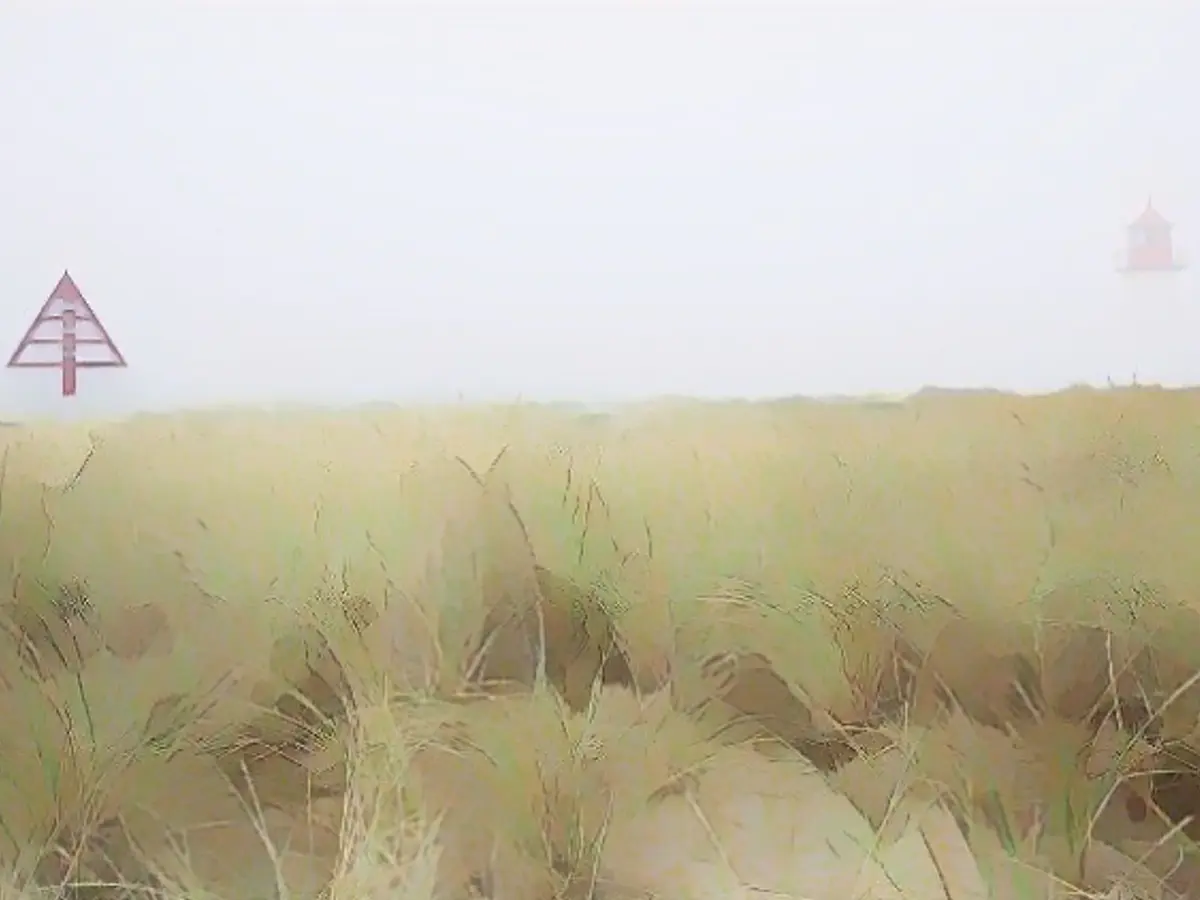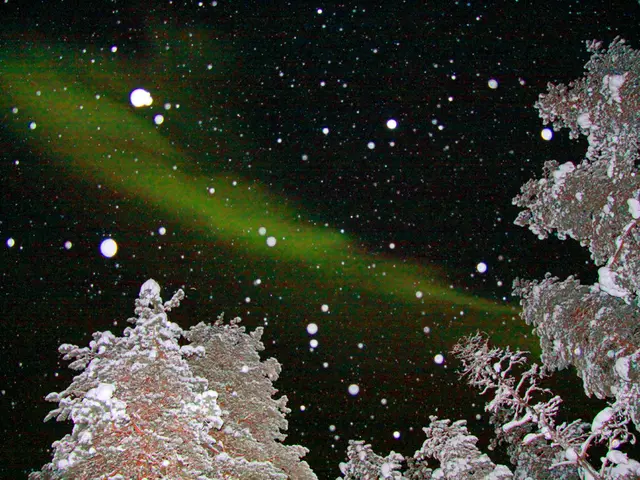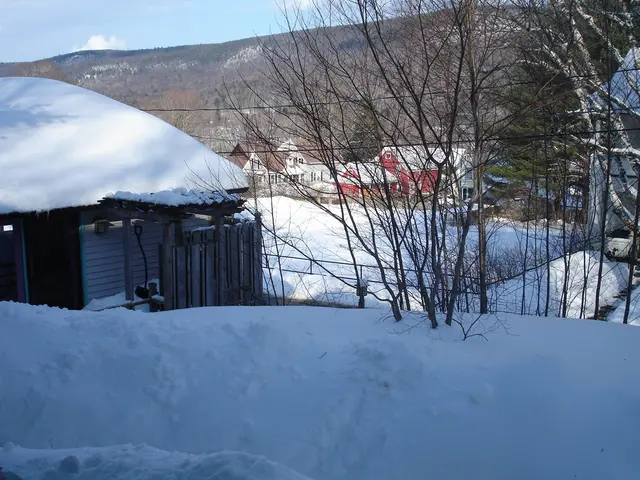This year, Sylt's air felt thick and unnatural
Unseen repercussions of climate change
Climate change doesn't just cause obvious changes. It can also trigger unexpected chain reactions, as demonstrated by the catastrophic forest fires in Canada this year. Even distant locations, like the holiday island of Sylt, are starting to feel the consequences.
Canada's year of extreme wildfires
Forest fires have become an annual occurrence in many regions, but this year's Canadian forest fire season was exceptional. Experts were shocked as Canada witnessed one of its worst fire seasons yet. The country had already experienced severe fires in the past six years, with some flames reaching up to 20 kilometers in the sky.
In August 2023, Canada's Yellowknife, with a population of nearly 20,000, had to evacuate due to a nearby wildfire. And earlier that June, New York City and parts of the East Coast were swathed in smoke from Canadian forest fires in Quebec. The orange-tinted images of New York being shrouded in smoke and sagging smog spread throughout the world.
The transatlantic smoke trail
It wasn't just New York that felt the impact. Plumes of smoke from the Quebec fires spread to Europe, affecting the air quality in far-off Germany. On Sylt, for instance, the vast majority of exceeded particulate matter limits during the summer of 2023 could be linked to the Canadian forest fires. On June 29, in particular, smoke from the Quebec region reached Germany after wandering over New York and then crossing the Atlantic. The spa island of Sylt experienced thick air and violated air quality standards that day.
Canada's wildfire statistics
As per the Canada Wildland Fire Information Service (CWFIS), there were 184,000 square kilometers of forest destroyed by flames in Canada in 2023, an area almost as large as Germany and twice what was ever recorded before.
Rising global wildfire risk
The fires had also reached an unprecedented level globally. Wildfires had burned more than twice as intensely as usual, and for an unusually long time too. According to the Copernicus Atmosphere Monitoring Service (CAMS), Greece experienced the largest forest fire in its history in August after weeks of intense heat in the Mediterranean. Just under 800 square kilometers of forest was burned – almost as much as Berlin.
Why are forest fires becoming worse?
In the northern regions, particularly in Canada and Siberia, there's a clear trend towards more severe, hotter, and destructive forest fires. Their smoke clouds can even reach the lower stratosphere, like after major volcanic eruptions. This phenomenon, however, was quite rare until the summer of 2017.
Scientists believe several factors contribute to this trend:
- Climate Zone Shifts: Boreal coniferous forests, typical of the Canadian and Siberian taiga, are adapted to cold climates with long, snowy winters and short, cool summers. With the changing climate, these forests are increasingly encountering conditions they aren't well-adapted to.
- Marine Heat Waves: The northeast Pacific has been experiencing a series of heat waves recently. These marine heat waves, known as "The Blob" due to their distinctive shape, are causing extreme drought and heating in the northern part of North America, a region not well-prepared for these temperatures.
Smoke as potent greenhouse gas
The devastation of forest fires is alarming because of their lasting effects and the risks they pose to the global ecosystem. The forest fires in Canada alone caused over 480 megatons of carbon (1760 megatons of CO2) emissions – more than three times Canada's industrial emissions in 2021 and around two-thirds of the EU's total emissions that year.
CONTINUED...








